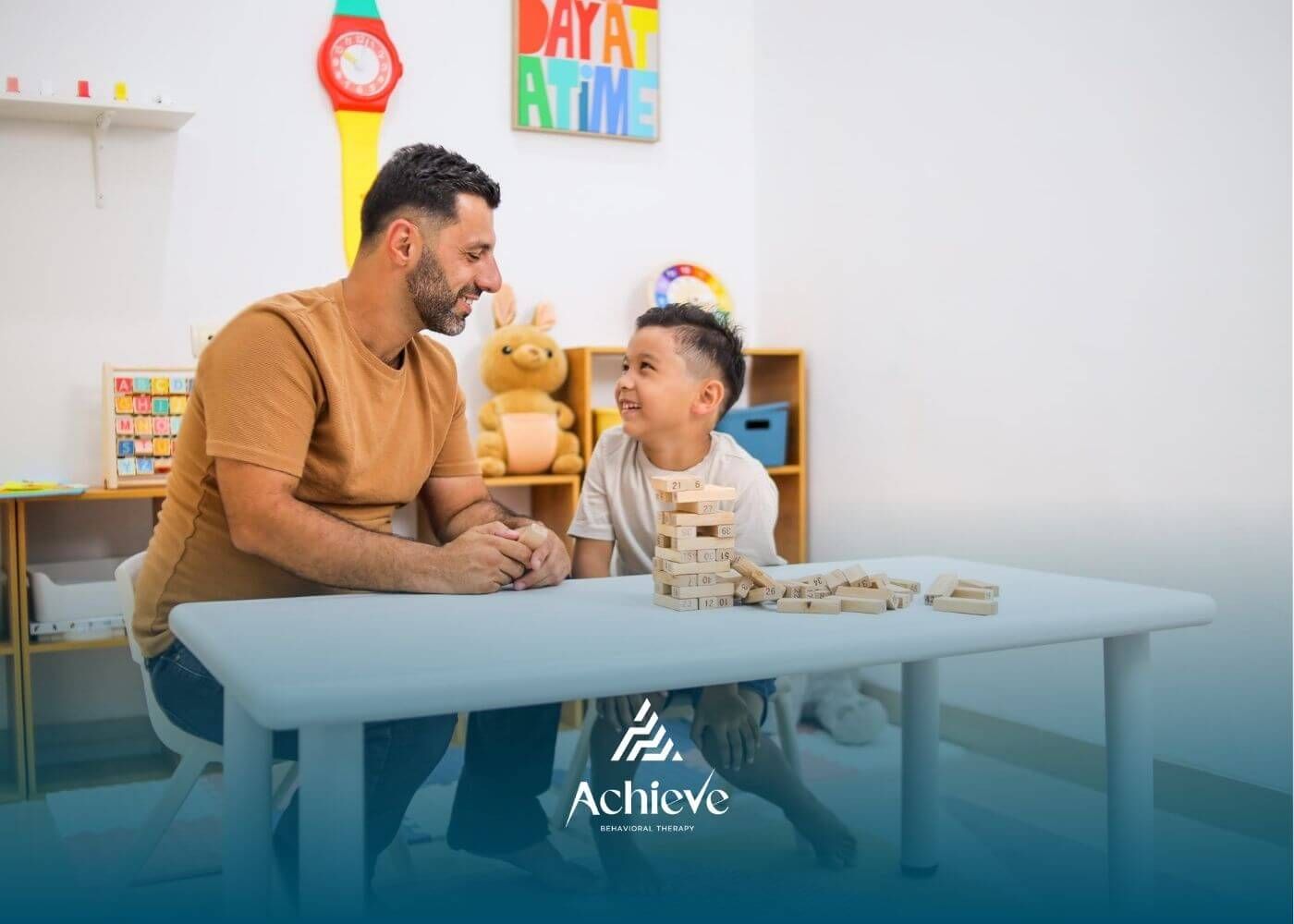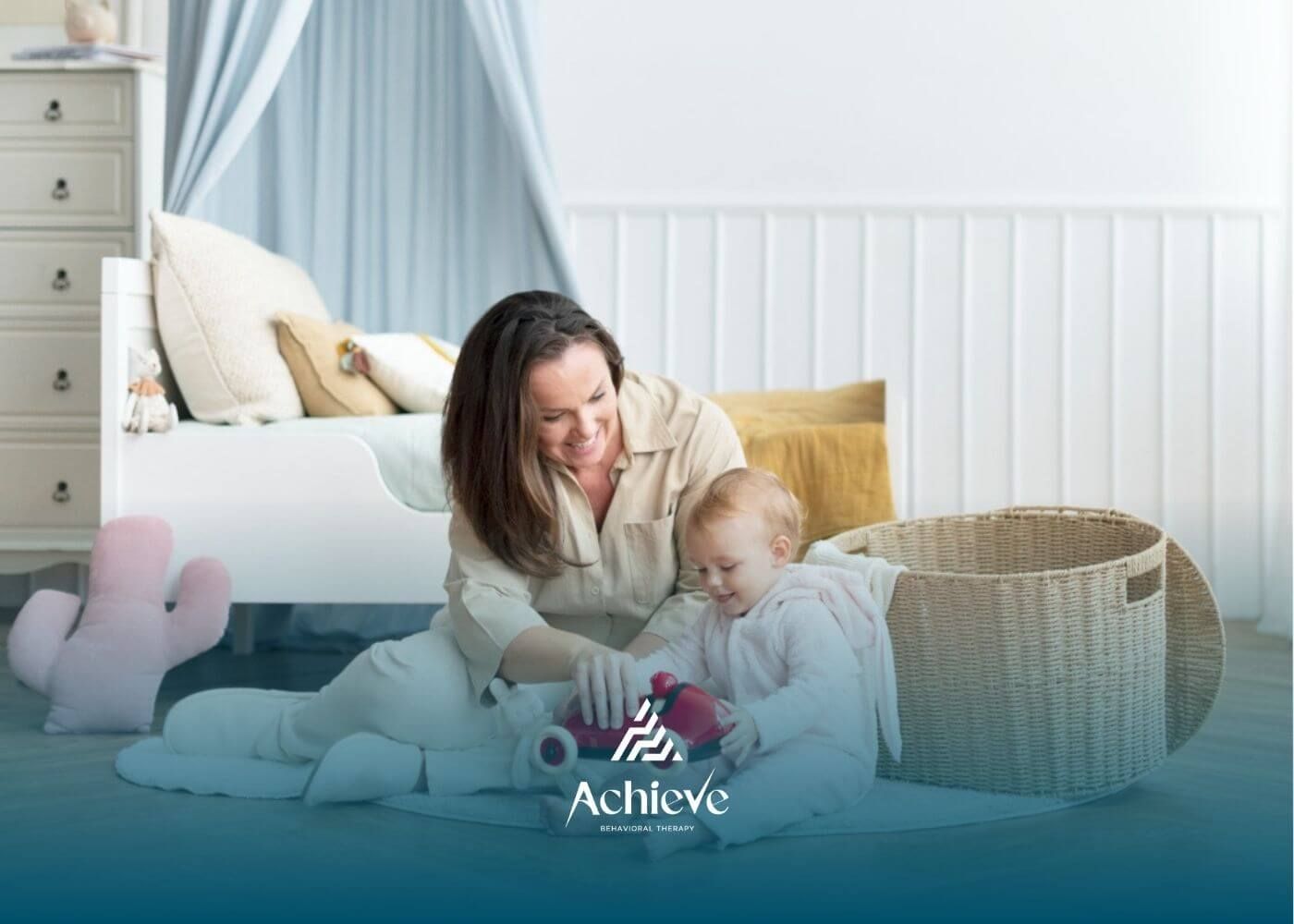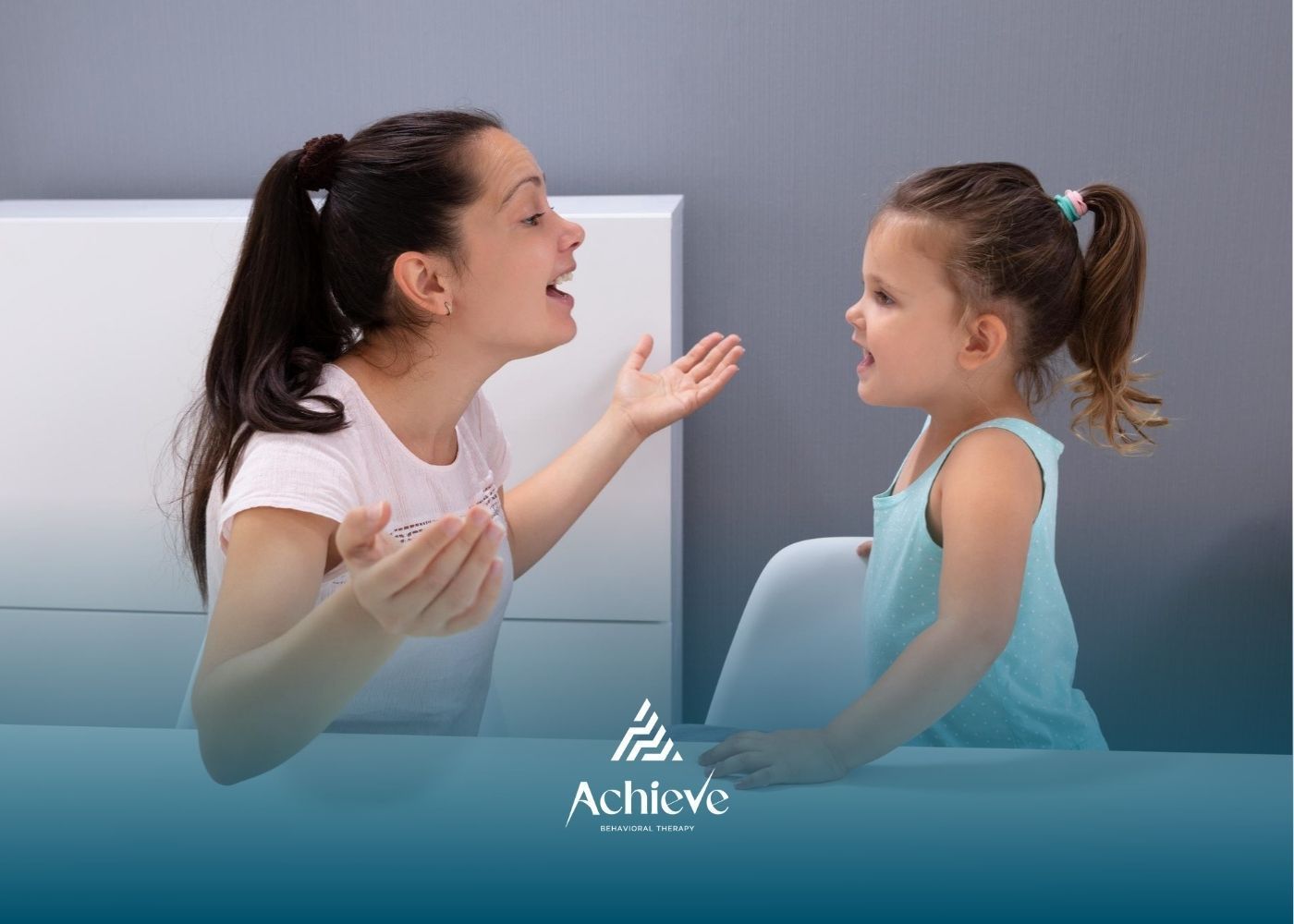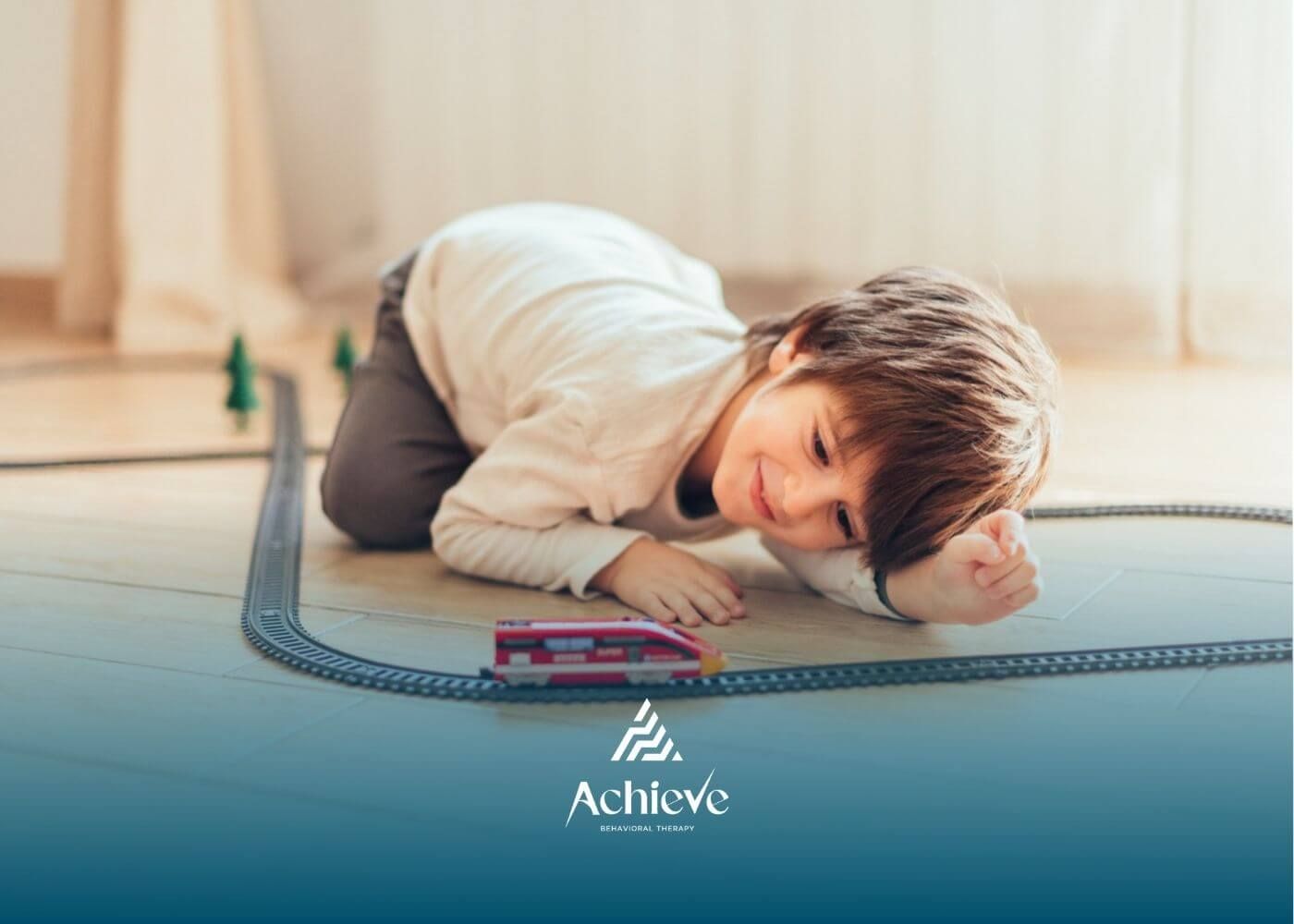What to Expect on the First Day of ABA Therapy: Parent’s Guide
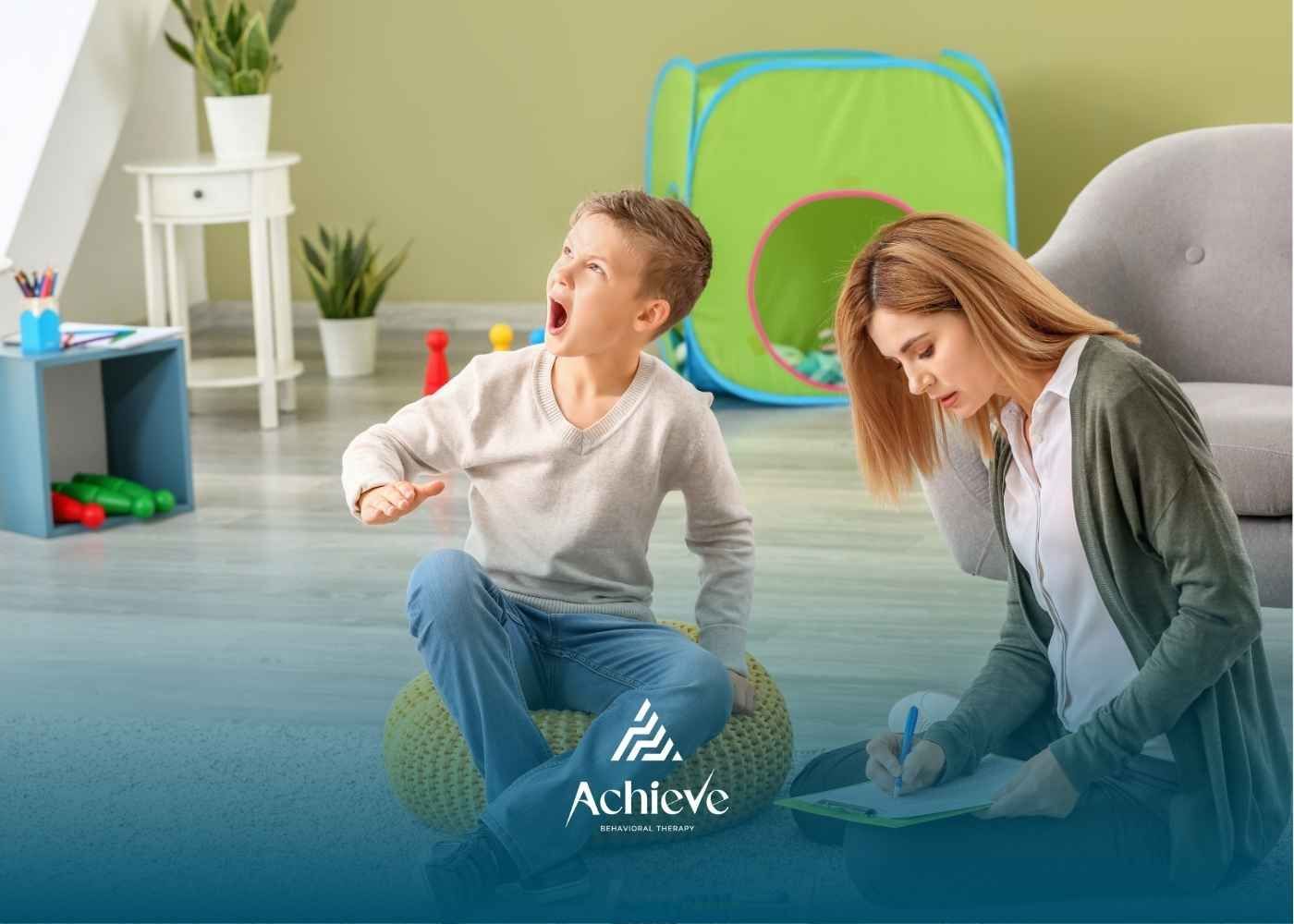
Starting ABA therapy is a big step to help your child grow and learn. Many parents feel many things on the first day. You might feel excited or hopeful, and you could be a little worried too. ABA therapy is designed to help children with autism spectrum disorder. It helps them build social skills, learn how to talk with others, and do things for themselves in daily life.
Knowing what will happen on the first day can calm your worries and let you feel ready. This guide will help you get to know what comes next, so you can step into this therapy journey with more confidence and care.
Understanding ABA Therapy and Its Purpose
ABA therapy is based on the ideas of behavior analysis. This is a way that uses information to help children with autism. ABA therapy looks at each child to find what they need. With positive reinforcement it teaches important actions, helps lessen problems, and helps kids learn in everyday places.
Parents are often very involved in ABA therapy. They use skills and tips that they get in parent training to help their child at home. ABA services want to help your child grow their social skills, learn to talk better, and adjust when things change. This helps them make real progress and be more independent.
Core Principles of ABA Therapy
ABA therapy is based on principles that use research to help people grow in their own way. The main idea is positive reinforcement, which means when your child does something good, they get a reward they like. This could be praise or a favorite activity. This helps your child want to repeat good behaviors, and it also helps them learn better.
The way ABA therapy works also relies on behavior analysis. This means watching your child’s actions in different places or situations to see what might cause tough behaviors and where your child can learn new skills. By looking at what your child does, the team can make plans and set specific goals that fit your child’s own strengths and areas where they can get better.
The team makes sure the plan works by adjusting it using data collection. They keep track of how things are going, so the therapy always gives good results and stays connected to your child’s needs.
ABA therapy can help with many things, from learning communication skills to doing things on their own. The plans are structured but can change as needed, and this makes ABA therapy a strong way to help unlock your child’s potential by working in various settings and supporting growth, even when dealing with challenging behaviors.
How ABA Supports Children with Autism in the U.S.
ABA therapy is well known across the U.S. for how it helps children with autism learn important skills. One big part is building social skills. In these sessions, children get to know how to connect with others, act in the right way, and talk with respect to people in different times and places.
ABA therapy also helps with daily living skills. Children learn things like how to dress, eat, and set up their day. This helps them be more independent. Therapists also work with children to change challenging behaviors. They use positive reinforcement and special plans to turn tough actions into something good.
Therapy also teaches new skills that matter to each child. This could be joining group play, showing how they feel, or other helpful things. ABA therapy always keeps the child and their family in mind. It leads to a better day-to-day life through learning social skills, daily living skills, and ways to handle challenging behaviors.
Preparing as a Parent Before the First Day
Getting ready for your child’s first day of ABA therapy is important. You need to start by collecting key things, such as medical reports and tests. This information will help the therapist know more about your child’s needs.
It is also good to set fair expectations at home. Talk to your child about going to therapy. Use gentle words and try to sound supportive. This can help your child feel better and even look forward to it.
If you put in some time to prepare, you can calm nerves for both you and your child. This will help make their first session of ABA therapy a good and helpful time. The first day can be the start of good progress if you get ready in the right way.
Gathering Essential Information and Medical Documents
Getting your paperwork ready before you start with ABA services can make the whole process smoother for you and the ABA provider. Start by bringing together key medical documents. This means you should have your child’s diagnosis report and any checkups or tests from other doctors. These papers form the base for your child’s therapy plan. They help set a clear path for what the ABA provider will do.
Make sure to add a clear list of things your child likes and dislikes. Note down their favorite toys, hobbies, and things they do not like. When the ABA provider knows this, the team can use what works best for your child. This helps make each session more suited to your child’s needs. You should also add your insurance papers. This way, sorting out what is paid for is easier and faster. Everyone will know if the therapy services will be covered.
Taking care of these steps ahead of time brings clarity to everyone and helps the work together be strong. It helps set up your child's therapy for the best chance at a good and effective therapy.
Setting Expectations for Your Child and Family
Helping your child and family members get used to ABA therapy begins when you set clear and simple expectations. It helps a lot when you talk about therapy in words your child can understand. Explain what will happen in a calm. This can make the child feel better before any session.
Get your family ready too, by talking about what’s going to change at home. Let every person know how they have a part in helping your child. Tell them that their help matters for your child’s success. For example, when therapy is happening, siblings can help by acting normal and just being there.
Remember, real results will take time. Look for small wins instead of hoping for big changes all at once. It helps to look back at each step your child takes. This way, the whole family knows what is working. It is good to start this process with real and simple goals. This is important for long-term success with ABA therapy.
Creating a Supportive Environment at Home
Your home can help a lot with your child’s aba therapy success. Start by knowing your child’s needs and make a space that fits them. Bring in favorite toys or sensory objects, so the area feels familiar and comfortable to your child.
Parents need to focus on building a safe space that is open to therapy activities. Try to set up a calm area with no distractions. This helps your child stay focused and feel safe, and it goes well with what the child does during ABA therapy sessions.
Organizing a Comfortable Space for Therapy
Setting up a comfortable therapy room at home means turning it into a place where your child can learn and feel good. Try to pick a spot that has natural light. Make sure to put seats in a way that helps people join in on all the activities. Keep the layout easy, but bring in some fun parts so your child will want to learn and discover new things.
Adding natural environment teaching in the space is just as important. Many therapists use what is around them to help your child learn daily routines or basic things, like how to clean up toys or share at playtime.
Also, add things that match your child's preferences, like their favorite sensory tools or posters of cartoons they like. Doing this helps your child feel calm. This also lets your child build a strong bond with the therapy sessions. By thinking about comfort and support, you help your child move forward and make progress in the therapy room.
Establishing a Distraction-Free Zone
Minimizing things that can pull your child’s concentration away is very important. To set up a distraction-free zone, keep noise down and make the area simple.
Try not to have things like background music or a busy, messy space in the room. Instead, have only the basics. You can keep learning tools or books that help support positive behaviors during the session. This kind of setup is safe, has structure, and helps kids feel strong enough to join in with all their effort.
If you make clear boundaries between the therapy session and the rest of your home, it can help lower unwanted behaviors. You can use marks or signs to show which area is for therapy. When your child can see and understand the space, it helps create a spot where they can do well.
What Happens During the Initial ABA Session
The first ABA therapy session is meant to be both helpful and fun. At this time, the ABA therapy provider will try to connect with your child and make sure they feel safe and calm.
You can expect to see some watching and easy activities that help find out your child's habits and the things they enjoy. The behavior analyst will use this to help create a treatment plan that fits your child. This therapy session helps set the mood for other visits and builds trust in the process.
Meeting the ABA Therapist and Team
A big part of the first day is spending time with the ABA therapist and their team. This time helps to start a positive relationship and build trust. Open communication is important from the beginning. The therapist will tell you who they are and talk about their experience with ABA therapy.
They will also tell you about how they work. The team will talk with you about how they want to shape the therapy process to fit your child’s needs and likes. This is the right time for you to share what you know about your child. That helps them give the best support during the whole therapy journey.
The Assessment and Observation Process
The first time your child takes part in the assessment for ABA therapy is very important. This first session gives a close look at your child’s ways, their strengths, and where they may grow. The therapist will watch your child in different settings and will pay attention to how they react to many things and activities. Data collection takes place in this session.
The therapist uses this information to build a treatment plan. This makes sure the therapy will be good for your child and that it fits their needs and what they like most. This helps you get the most out of each therapy session and supports better child progress.
Your Role as a Parent on the First Day
Creating a supportive setting for your child's first session is very important. When you work with the ABA therapist, you help build a positive relationship. Your input is useful for the initial assessment, so be sure to share details about your child’s preferences, favorite activities, and things that have been hard for them in the past.
This will help shape the therapy plan for your child. Keeping open communication with the team during this time can help everyone meet your child’s individual needs. It also lets your child feel more at ease in this new space. By working together, you support your child’s growth right from the start.
Supporting Your Child’s Comfort and Engagement
Creating a supportive environment on the first day is very important for your child to feel safe and ready to take part. You can help your child by having some of their favorite toys or activities nearby. This will help them feel more at ease and cut down on any worries.
Your presence or that of other family members will also give comfort and help your child move into this new journey more easily. When you join in during the session, you can use positive reinforcement, which motivates good behavior. It also helps you, your child, and the ABA therapist build a positive relationship. Working together in this way will help support your child’s growth and success.
Communicating with the Therapist Effectively
Building a positive relationship with the ABA therapist is key to your child’s success. Talk openly with the therapist and share what you know about your child’s likes, dislikes, and habits. This helps set up a strong treatment plan. Be active in every discussion. If you have questions or worries, let the therapist know. When there is trust between you and the therapist, you both can work well together. You can make sure the strategies fit your child’s needs during the therapy journey. Keep working with the therapist for the best results.
Next Steps After the First ABA Session
After the first ABA therapy session, caregivers will get helpful feedback from the therapist. This feedback helps set specific goals that match the child’s needs and how the child is doing so far. With open communication, parents and the behavior analyst can work together to improve the treatment plan and talk about any worries. Sticking to the child’s daily routines and repeating the new skills will make future sessions better. This will also help to build a supportive environment that can lead to the child’s success.
Reviewing Feedback and Setting Goals
After the first meeting, the next step is to get feedback. This is key for shaping your child’s therapy journey. Talk with the ABA therapist about what you see at home. This helps you both get valuable insights into your child’s strengths and where he or she might need help.
When you set specific goals together, the treatment plan is more likely to fit what your child needs and likes. This teamwork makes your child more involved and helps with learning through positive reinforcement. Working in this way helps the therapy journey become a successful therapy journey for everyone.
Planning for Consistency in Future Sessions
Having a steady schedule for ABA therapy is important for building positive behaviors and helping your child move forward. When you have regular sessions, the child can use the skills they learn day by day. Work with the ABA therapist to fit the therapy into different places in your life.
Try to use your child's favorite activities, as these can make the child more interested. This way gives a supportive environment where your child can grow, setting up the start of a good therapy journey. Keeping open communication with your ABA therapist also helps make the treatment plan better, so it fits what your child needs as they change over time.
Conclusion
The journey into ABA therapy brings many chances for you and your child to learn and grow together. Taking this important step means that your role as a parent is very important. Talk often and in an open way with your ABA therapist. This will help your child have a better experience.
When you notice even small progress, celebrate it. Doing this helps create a supportive environment so your child can be successful. If you stay involved and keep working with your child, you both will make a positive path toward a good and happy future.
At Achieve Behavioral Therapy, we understand that the first day of ABA therapy can be both exciting and overwhelming for parents. As a dedicated ABA provider, we focus on laying a positive foundation—introducing your child to our calm, play-based approach, observing their strengths and needs, and involving you every step of the way to ensure alignment and comfort.
Our team believes in nurturing collaboration by setting clear goals and providing hands-on guidance from day one. Curious how a strong start can make a difference? Reach out to Achieve Behavioral Therapy today and step into this journey with confidence and care.
Frequently Asked Questions
How long does an initial ABA therapy session usually last?
An initial ABA therapy session usually lasts about two to three hours. This time gives the therapist a chance to watch your child closely, ask questions, and get to know them. The therapist can also start to build a good relationship with your child. All of this helps set up a strong start so that therapy sessions can be more effective in the future.
Can parents be present during ABA sessions?
Yes, parents can usually be there during ABA sessions. When you are in the room, it can help the therapist and your child work together better. Parents also give support to their child in these times. You can see the ways that the therapist works with your child, and then use these same ways at home. This helps your child keep making progress.
What can I do if my child is anxious about starting therapy?
To help your child deal with worry about starting therapy, try to keep open communication. Let them talk about how they feel. Give them reassurance when they need it. Do calming things together to help them feel better. Show them the therapy place early so it feels safe. Be there for them so they know you will support them during this new change.
When will we begin to see progress from ABA therapy?
Progress in ABA therapy can be different for each child. Most of the time, you may start to see changes in a few weeks or months. The time it takes often depends on what the child needs, how good the therapist is, and how often you work with the child at home. Talking with your therapist all the time is a good way to keep up with what the child can do and how they grow.
How should I communicate concerns or observations to the therapist?
Be open and honest when you talk with the therapist about what worries you or what you have noticed. Give clear, real examples and talk about some of the things your child does that stand out to you. This way, the therapist can better understand what your child needs. Working together like this helps the therapist to plan sessions that fit your child better.
Sources:
- https://my.clevelandclinic.org/health/treatments/25197-applied-behavior-analysis
- https://www.simplypsychology.org/positive-reinforcement.html
- https://www.bacb.com/about-behavior-analysis/
- https://www.commonwealthautism.org/teaching-outside-of-the-table/
- https://napacenter.org/sensory-toys-ot/
- https://balancethegrind.co/editorial/the-science-of-creating-distraction-free-zones/
Need Support?
We're Here to Help!
Our experienced team is ready to assist you. Reach out today to discuss how we can support your child's development and well-being.
Get started with expert ABA therapy today.





